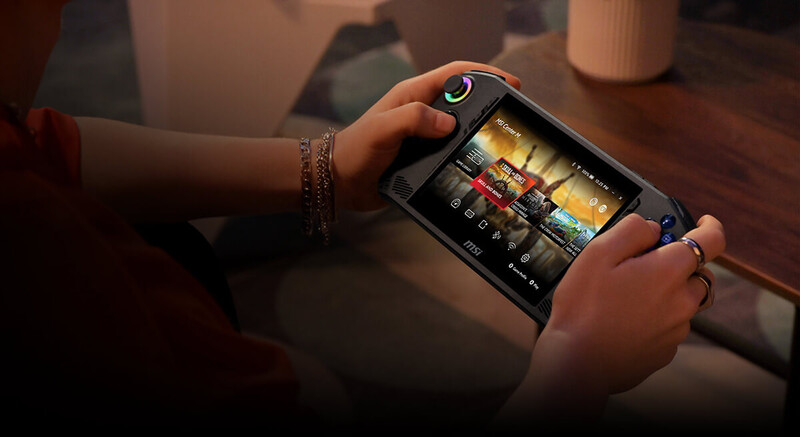Computer and chip makers are trying to level up their business by pumping top-of-the-line components into a much smaller package.
What happened: MSI became the latest computer hardware maker to jump into handheld PC gaming when it showed off the Claw at CES this year. Using Intel’s latest Core Ultra chips, the device boasts better battery life, ergonomics, and AI-powered performance than the competition.
- Chinese company Ayaneo is targeting value-minded customers with its recently announced Next Lite.
Catch-up: In 2022, Valve — the company that runs Steam — released the Steam Deck, which wasn’t the first attempt at a handheld gaming PC, but was the first to be successful. It also showed hardware companies that their gaming components could be crammed into a smaller package with only a minor drop-off in performance.
- In a relatively short amount of time, the likes of ASUS, Lenovo, and Logitech have all released their own competitors powered by AMD chips.
Why it matters: Hardware companies have a huge opportunity for growth. The overall PC gaming hardware market was expected to be worth US$37.3 billion last year and top US$47.1 billion in 2025, but it’s still recovering from a huge drop-off in 2022 after a pandemic boom. Computer makers may also look to gaming to help make up for an “unparalleled” decline in overall PC shipments last year.
- It’s unclear how much the handheld segment is contributing to the overall market, but Valve claims Steam Deck has sold in the “multiple millions.”
How it works: Portable gaming devices get closer to the capabilities of a big gaming PC with an upscaling trick made possible by the latest AI chips. Without enough computing power, high-definition games will lower their frame rate, making them sluggish and slow. So, handhelds downgrade visuals to a lower resolution that lets them run at the same speed, then use machine learning to add visual details back in.
